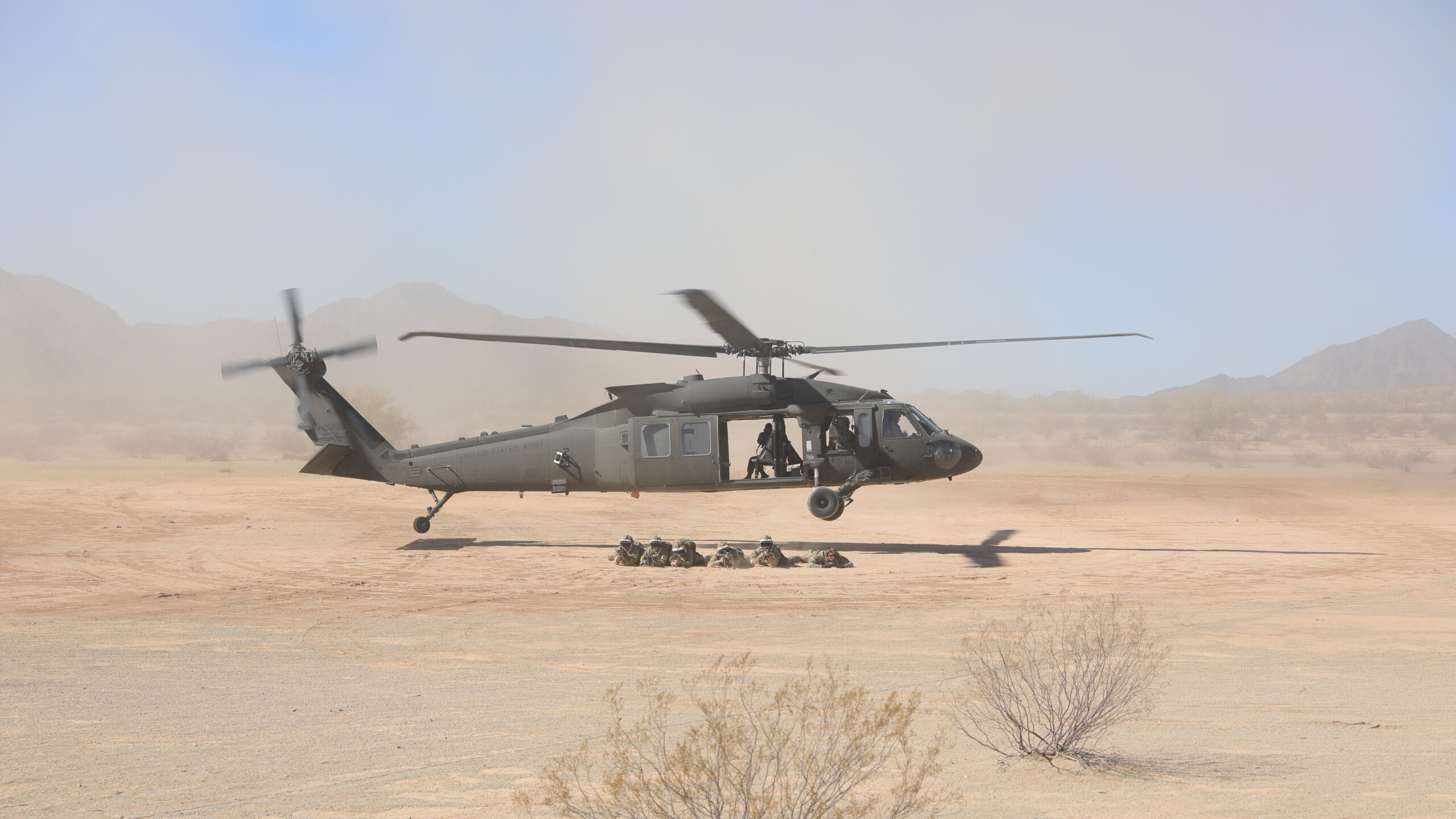ANDREW EVERSDEN

WASHINGTON: This past year was a nervous one for the Army, as Defense Department priorities shifted towards platforms needed in the Pacific, leaving the Army as the potential bill payer. So it’s no surprise Army leaders spent much of 2021 talking up their role in countering China while continuously warning of the damage further budget cuts could do to the service’s multi-billion dollar modernization programs.
Despite budget fears, the service managed to keep modernization efforts moving ahead. Its annual Project Convergence experiment in Arizona taught the service — and broader joint force — that bandwidth constraints could be a limiting factor on the networked battlefield. Its new secretary outlined the land force’s role in the Pacific theater, while leaders also defined how new robots and artillery will change Army formations.
I am new to the Army beat, so what follows are a potpourri of stories from fellow Breaking Defense reporters who covered the service this year, including Sydney Freedberg, now a senior columnist here, and the now-Australian Colin Clark.
Bloodletting. Hard Choices. Almost impossible choices. No more fruit in the budget tree. Fragile modernization programs. There isn’t just one Army budget story we wrote this year that stands out. It’s the story of the year.
With decreasing defense budgets expected in the future, Army officials warned all year of the strain that deep budget cuts would put on the service. The Army is currently modernizing its arsenal of weapon systems, but is walking a delicate line trying to protect those programs while maintaining its end strength and readiness levels. The Biden administration’s fiscal year 2022 budget request dropped the service from $176.6 billion to $173 billion over the FY21 enacted levels, a $3.6 billion cut. Future cuts are expected, with leadership warning that modernization priorities are at risk — and the service is currently analyzing the “fundamental questions” of the Army
Networks as the new ‘center of gravity’
The Pentagon made a major push in 2021 to connect sensors and shooters across the services, an effort called Joint All-Domain Command and Control, to prepare for the networked battlefield it envisions in 2030 and beyond. The Army’s contribution is called Project Convergence, an annual event at Yuma Proving Ground, Ariz. While the Army this year boasted of major improvements in connecting previously disconnected systems, it learned that on the networked battlefield, it would have to make tradeoffs between capability and bandwidth. For example, why push a live video feed that eats up bandwidth through to soldiers if a still photo provides equal value? How do you prevent aerial assets from eating up bandwidth and providing useless information? These are questions that came out of Project Convergence 21. How the Army tries to answer them will set the stage for what comes next.
Carving out a role in the Pacific
A lingering question for the Army in a year that saw the US end the war in the Afghanistan and pivot to focus on Russia and China was: what is the service’s role in the Pacific? In a December speech at CSIS, Army Secretary Christine Wormuth laid her answer to that question, describing the service as the “linchpin” for the Joint Force. The Army, Wormuth argued, will build and defend bases, providing command and control for the broader military, and sustain supply lines across the Indo-Pacific. Offensively, the service would be in a position to use its modernized repertoire of new long-range strike capabilities and counterattack in the event of an enemy incursion.
Getting ambitious about robots and modernized vehicles
One of the Army’s modernization priorities is developing Next-Generation Combat Vehicles. Earlier this year, my esteemed colleague Sydney Freedberg provided in-depth details of the blistering pace the Army plans for development of its fleet of future vehicles. The Army is currently planning a major field experiment — scheduled at Ft. Hood next June — featuring different variations of its robotic combat vehicles (RCVs), to inform the future of the program. Building off of RCV, the Army’s Optionally Manned Fighting Vehicle program saw progress this year as the service chose five companies to move forward with that competition. Sydney reports that the Army will choose three companies to build prototypes in January 2023. Read this story for additional details on the Army’s Mobile Protected Firepower and Extended Range Artillery Cannon.
Expanding long-range fires
The Army is developing a wide-range of new artillery capabilities — from long-barreled howitzers to hypersonic missiles. Its Extended Range Artillery Cannon that shoots twice as far as any other cannon means the Army is creating new battalions. It’s all part of the Army’s number one modernization priority — long range precision fires — as the service recalibrates to fight the Chinese or Russian military. Sydney took a deep dive into how the new artillery is impacting Army formations.
No comments:
Post a Comment